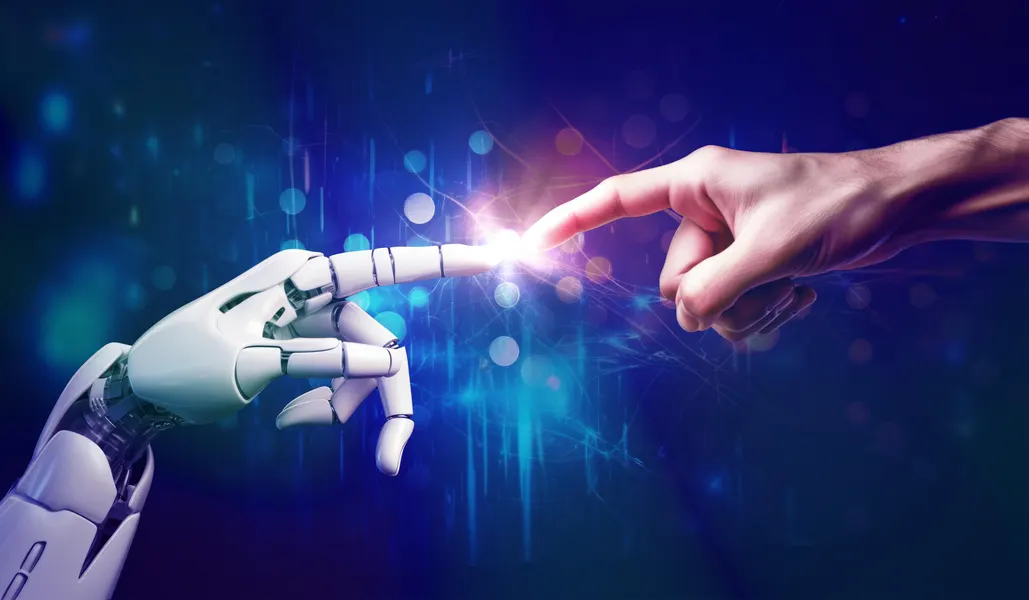Creator or influencer content is exploding right now, but a lot of brands are trying to meet that demand with AI-generated content instead of leaning fully on humans. According to the IAB’s 2025 Creator Economy Ad Spend & Strategy Report, U.S. ad spend on creators is projected to hit $37 billion in 2025, up 26% from $29.5 billion in 2024, and almost triple the $13.9 billion spent in 2021. Nearly half of marketers (48%) now say creator content is a “must buy”, ranking it just behind paid search and social media.
At the same time, around three-quarters of advertisers are already using or planning to use AI in creator campaigns within the next year, mostly for editing, briefing, and personalisation. That combination — creator content booming, AI adoption accelerating — is reshaping how brands think about influence, authenticity, scale, and return.
Here’s what’s driving the surge, why AI is becoming the tool of choice for many teams, and where the tensions are starting to show.
The creator economy has moved from “nice to have” to core media channel
A few years ago, influencer marketing sat in the “experimental” bucket. It was often treated as a side project, usually run out of social budgets, with soft goals like awareness and vibes.
That era is over. The IAB report frames creators as a distinct media channel with dedicated spend, planning, and measurement — not just an extension of social. The growth rate backs that up: creator ad spend is rising about four times faster than total media ad spend.
Three things are making this channel unavoidable for brands:
- Creators deliver built-in distribution. You’re not only paying for content, you’re paying for instant reach into an audience that already trusts the person speaking.
- They feel personal at scale. The audience doesn’t experience a creator’s ad as “a brand talking at me.” It feels closer to recommendation, entertainment, or advice.
- They cut through ad fatigue. As people get better at ignoring ads, creators become the format ads can hide inside. When done well, they don’t feel like ads at all.
And creators aren’t just running top-of-funnel awareness. The IAB found brands use them for awareness (43%) and reaching new audiences (41%), but nearly a third use creators to drive online sales and conversions, confirming their value across the full funnel.
Brands want more creator content than humans alone can produce
The boom comes with a problem: demand is outpacing capacity.
Once a channel becomes essential, brands want:
- more campaigns per year
- more variations of content
- more platforms covered
- more personalisation per audience segment
- faster turnaround
But the creator ecosystem is fragmented — and recruiting, briefing, producing, approving, and repurposing creator content is still labour-heavy. The IAB highlights “finding the right creator” as the top friction point for about a third of advertisers, with reputation and audience alignment being the biggest selection criteria.
So brands are stuck between two pressures:
- we need more creator content than ever
- we can’t scale creator partnerships fast enough
That’s the opening AI is rushing into.
“AI isn’t replacing creators,” according to Rapport Digital. “It’s replacing the bottlenecks around creators. Brands want creator-style content in ten formats, across five platforms, by next Tuesday, and AI is the only thing that can stretch a small team that far without snapping.”
How AI is being used to scale creator marketing
Nearly three-quarters of creator ad buyers are using or planning to use AI in the next year. And importantly, most brands aren’t using AI to replace creators outright. They’re using it to support the machinery around them.
The most common AI uses include:
- content editing (49%) — cutting, formatting, captioning, translating, resizing for different platforms
- creator briefs (46%) — drafting messaging frameworks, talking points, do’s/don’ts, content angles
- personalisation (45%) — tailoring hooks, intros, or versions to different segments or markets
In practice, AI is helping brands do things like:
- take one creator shoot and generate 20 platform-native variants
- quickly build a “brief library” so creators get clearer guidance
- test multiple opening hooks before publishing
- localise influencer ads into multiple regions without re-shooting
- summarise comment sections to spot sentiment shifts early
The effect is simple: more usable creator content per pound spent.
The authenticity tension: scale vs. human connection
Here’s the catch. The same report shows 95% of advertisers have concerns about AI’s role in creator campaigns, especially around losing authenticity and human connection.
That concern is justified. Creator marketing works because it is:
- human-voiced
- context-aware
- imperfect in a relatable way
- rooted in real experience
If AI pushes everything toward polished sameness, the channel loses the thing that makes it persuasive.
There are also practical reputation risks:
- audiences are allergic to “fake” influence
- platforms are getting better at detecting synthetic content
- creators don’t want their identity diluted
- trust collapses fast when people feel manipulated
So the main strategic question for businesses is no longer “should we use AI?” It’s “where does AI help without harming what makes creator content work?”
What smart brands are doing instead of choosing sides
The healthiest direction isn’t humans vs. AI. It’s humans with AI in the right places.
Here are the patterns that are emerging among brands treating creator marketing like a serious channel.
1. AI for production efficiency, humans for voice
Let AI handle:
- cutting and resizing
- captioning and subtitles
- colour correction
- repurposing long-form into short-form
- drafting the first version of briefs
Let creators handle:
- the story
- the tone
- the lived experience
- the opinion or recommendation
This preserves authenticity while making content cheaper to deploy everywhere.
2. AI for ideation, creators for the final judgement
AI can help teams explore angles quickly:
- “ten hooks for this product”
- “what objections might people have?”
- “how would a sceptic react?”
- “what’s trending in this niche?”
But creators should still choose what fits their audience. If it doesn’t sound like them, it won’t work.
3. Use AI to personalise around the edges, not in the core message
AI-driven personalisation is powerful when it:
- changes the intro to suit a segment
- adapts the structure for a platform
- swaps examples for a market
It’s risky when it:
- rewrites the creator’s voice
- fabricates a personal claim
- over-optimises to the point of sounding synthetic
Personalisation should support relevance, not erase identity.
Measurement is an open wound (and AI won’t fix it alone)
The IAB report also points out a familiar set of headaches:
- weak attribution
- inconsistent reporting
- fragmented standards
- concerns over audience authenticity
AI tools can help with analysis and pattern recognition, but they don’t solve the underlying issue: creator marketing still lacks universal measurement norms.
That means businesses need to be disciplined about defining success per campaign. Brands in the report ranked overall ROI as the top performance indicator (40%) — which is refreshing, but only works if you set clear conversion pathways and tracking upfront.
Smart teams are standardising their own internal measurement even if the industry hasn’t caught up.
Where this is all heading
Creator content is rising because it matches how people want to experience marketing: through trusted individuals, in entertaining formats, inside the platforms they already use.
AI is rising alongside it because brands need volume, speed, and efficiency that pure human workflows can’t deliver on their own.
The opportunity for businesses isn’t in choosing one over the other. It’s in building a modern creator engine where:
- creators remain the face and voice
- AI removes production friction
- content scales across platforms without losing its soul
- measurement systems keep tightening
- trust stays protected
In other words, AI becomes infrastructure, not the influencer.
Creator marketing is now a serious media channel, with serious budgets and serious expectations. The brands that win won’t be the ones who pump out the most AI-assisted content. They’ll be the ones who use AI to scale what people already trust, instead of trying to automate trust itself.
Keep an eye for more latest news & updates on Daily!



